The Human Animal in Western Art and ScienceMartin Kemp From the lazy, fiddling grasshopper to the sneaky Big Bad Wolf, children’s stories and fables enchant us with their portrayals of animals who act like people. But the comparisons run both ways, as metaphors, stories, and images—as well as scientific theories—throughout history remind us that humans often act like animals, and that the line separating them is not as clear as we’d like to pretend.
Here Martin Kemp explores a stunning range of images and ideas to demonstrate just how deeply these underappreciated links between humans and other fauna are embedded in our culture. Tracing those interconnections among art, science, and literature, Kemp leads us on a dazzling tour of Western thought, from Aristotelian physiognomy and its influence on phrenology to the Great Chain of Being and Darwinian evolution. We learn about the racist anthropology underlying a familiar Degas sculpture, see paintings of a remarkably simian Judas, and watch Mowgli, the man-child from Kipling’s The Jungle Book, exhibit the behaviors of the beasts who raised him. Like a kaleidoscope, Kemp uses these stories to refract, reconfigure, and echo the essential truth that the way we think about animals inevitably inflects how we think about people, and vice versa.
Loaded with vivid illustrations and drawing on sources from Hesiod to La Fontaine, Leonardo to P. T. Barnum, The Human Animal in Western Art and Science is a fascinating, eye-opening reminder of our deep affinities with our fellow members of the animal kingdom. Visualizations: The Nature Book of Art and ScienceMartin Kemp Martin Kemp's provocative essays on the interplay between art and science have been entertaining readers of Nature, the world's leading journal for the announcement of scientific discoveries, since 1997. These short, illustrated, highly regarded essays generally focus on one visual image from art or science and provide an evocative and erudite investigation into shared motifs in the two disciplines. Gathered together here with a delightfully rich introduction by the author, the essays take our understanding to an exciting new level as they transgress the traditional boundaries between art and science.
The images under consideration cover Western art from the Renaissance to the present day, and the science ranges from abstract mathematics to the illustrative modes of natural history and medicine. Kemp skillfully discusses the Mona Lisa as well as horror films, Galileo's moon drawings and diagrams in modern physics, Renaissance pottery and logos on trucks, the invention of perspective, and contemporary masterpieces.
Rather than charting the mutual influence of art and science upon each other, these essays look to the deeper structures that find expression in art and science; they reveal the "structural intuitions" shared by artists and scientists when confronting the world. This volume contains all the pieces published in Nature under the banners of "Art and Science" and "Science and Image," together with some from Kemp's recent "Science and Culture" series. The essays are presented thematically rather than chronologically, arranged to stimulate critical ideas about the nature of the image at the intersection of art and science, now and in the past. The Secret Museum: Pornography in Modern CultureWalter Kendrick Walter Kendrick traces the relatively recent concept of pornographythe word was not coined until the late 18th centurywhich became a public issue once the printing press gave ordinary people access to the erotica of the Greeks and Romans, the art and literature of the French enlightenment, and the poems of the Earl of Rochester and John Cleland's Fanny Hill. From the secret museums to the pornography trials of Madame Bovary and Lady Chatterly's Lover, to Mapplethorpe, cable TV, and the Internet, Kendrick explores how conceptions of pornography relate to issues of freedom of expression and censorship. Scream: Chilling Adventures in the Science of FearMargee Kerr Shiver-inducing science not for the faint of heart.
No one studies fear quite like Margee Kerr. A sociologist who moonlights at one of America’s scariest and most popular haunted houses, she has seen grown men laugh, cry, and push their loved ones aside as they run away in terror. And she’s kept careful notes on what triggers these responses and why.
Fear is a universal human experience, but do we really understand it? If we’re so terrified of monsters and serial killers, why do we flock to the theaters to see them? Why do people avoid thinking about death, but jump out of planes and swim with sharks? For Kerr, there was only one way to find out.
In this eye-opening, adventurous book, she takes us on a tour of the world’s scariest experiences: into an abandoned prison long after dark, hanging by a cord from the highest tower in the Western hemisphere, and deep into Japan’s mysterious suicide forest.” She even goes on a ghost hunt with a group of paranormal adventurers. Along the way, Kerr shows us the surprising science from the newest studies of fearwhat it means, how it works, and what it can do for us. Full of entertaining science and the thrills of a good ghost story, this book will make you think, laughand scream. | Athanasius Kircher's Magnetic Clock: Excerpted From the Travel Journal of Sir Robert Moray"Sir Robert Moray Athanasius Kircher During his lifetime, the Jesuit polymath Athanasius Kircher was widely regarded as the physical embodiment of all the learning of his age. A refugge from war-torn Germany, Kircher arrived in Rome just after Galileo's condemnatioin, where he was heralded as possessing the secret of deciphering hieroglyphics. He wrote over thiry separate works dealing with subjects ranging from optics to music, from Egyptology to magnetism. He devised a host of remarkable pneumatic, hydraulic, catoptric and magnetic machines, which he displayed to visitors to his famous mesum, housed in the Jesuit College in Rome. The travel journal of Sir Robert Moray was recently rediscovered by Dr. Antonio Baldeggiani in the Biblioteca Angelica in Rome. This is the Historical Facsimile Edition, an illustrated 23-page pamphlet. Kingdom Under Glass: A Tale of Obsession, Adventure, and One Man's Quest to Preserve the World's Great AnimalsJay Kirk A sweeping historical narrative of the life of Carl Akeley, the famed explorer and taxidermist who changed the way Americans viewed the conservation of the natural world
During the golden age of safaris in the early twentieth century, one man set out to preserve Africa's great beasts. In this epic account of an extraordinary life lived during remarkable times, Jay Kirk follows the adventures of the brooding genius who revolutionized taxidermy and created the famed African Hall we visit today at New York's Museum of Natural History. The Gilded Age was drawing to a close, and with it came the realization that men may have hunted certain species into oblivion. Renowned taxidermist Carl Akeley joined the hunters rushing to Africa, where he risked death time and again as he stalked animals for his dioramas and hobnobbed with outsized personalities of the era such as Theodore Roosevelt and P. T. Barnum. In a tale of art, science, courage, and romance, Jay Kirk resurrects a legend and illuminates a fateful turning point when Americans had to decide whether to save nature, to destroy it, or to just stare at it under glass. The Vatican to Vegas: The History of Special EffectsNorman M. Klein Norman Klein A richly illustrated journey through five centuries of optical illusions and other wonders.
Special effects...are coup de théatres, thunderclaps that shock you: a burst; an eruption; something small, like an insect down your back; a wall dissolving suddenly.—from The Vatican to Vegas
A guided tour through special-effects environments from 1550 to the present, Norman Klein's The Vatican to Vegas: The History of Special Effects demonstrates how Renaissance and early Baroque artists pioneered interactive, cinematic, and even digital environments. As in our era, sixteenth- and seventeenth-century illusion serviced a global culture and even relied on "software" of a kind: solid geometry for architecture, optics, sculpture, painting and theater. As if from a cryonic thaw, these forms have reemerged very clearly in recent decades. And to manage all this friendly disaster, modern special effects have evolved a unique grammar as precise as the rules of film, theater, and music. Klein reviews this syntax and demonstrates how special effects are not only a barometer for politics, myths of identity and economic relations, but an instructive parallel for understanding where our civilization may be headed next. |


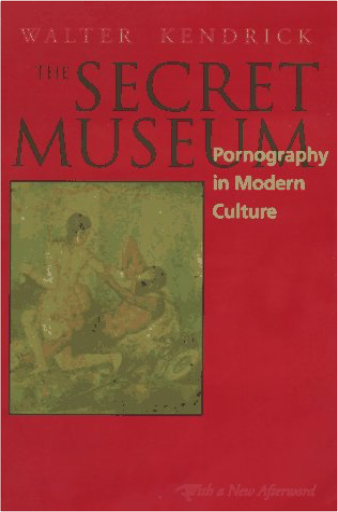

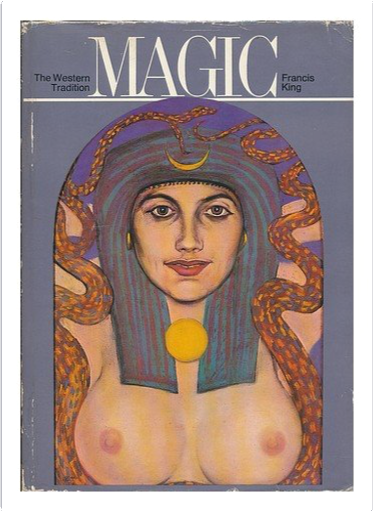
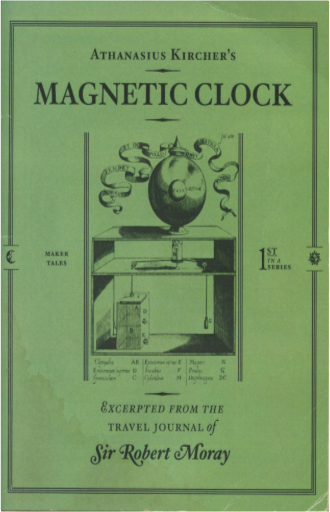
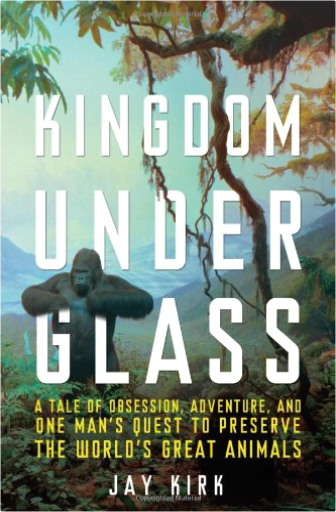

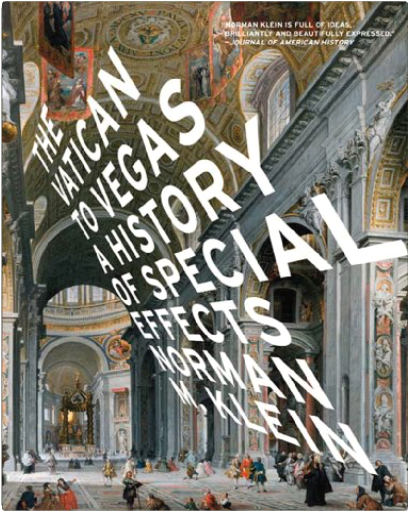


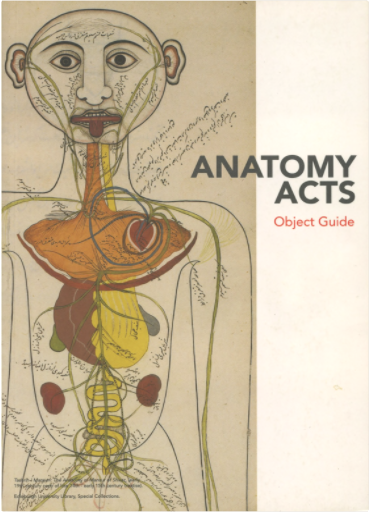
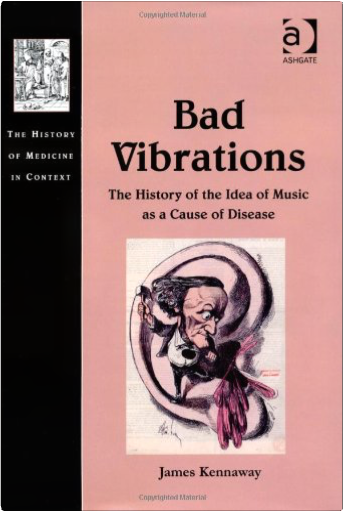
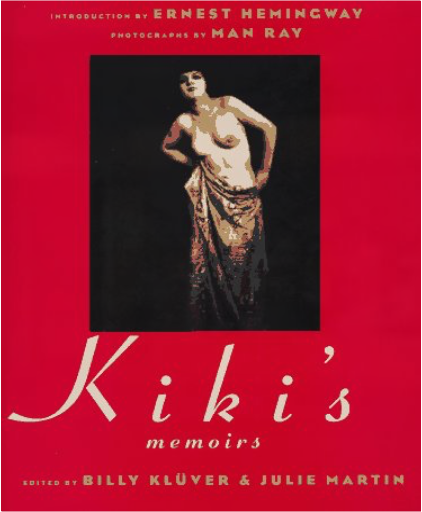
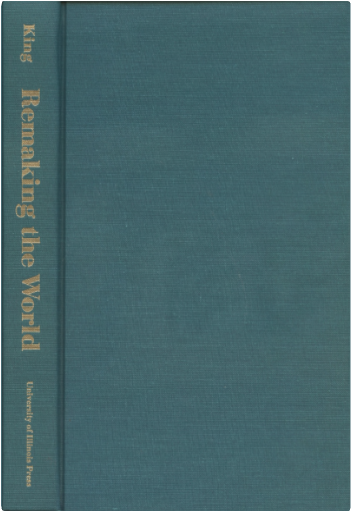

 Made with Delicious Library
Made with Delicious Library